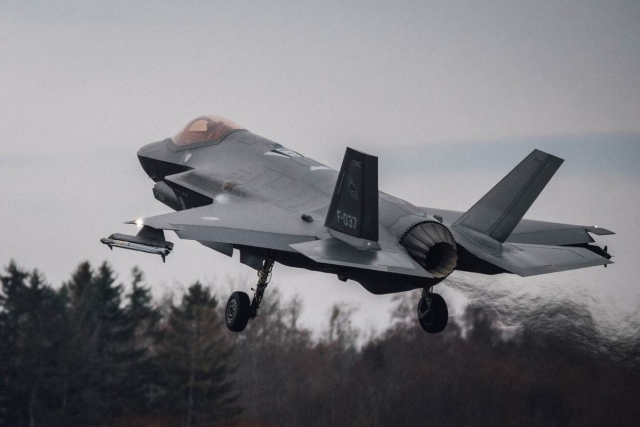Russians Equipping T-72 Tanks with Make-shift Electronic Warfare Systems to Counter FPV Drones
Multiple EW devices are tied to a tank's turret to defeat FPV drones operating in various channels

Russians are using make-shift electronic warfare (EW) systems wired to the top of tanks such as the T-72 to defeat First Person View (FPV) drones launched by Ukrainian forces.
According to Ukrainian experts who examined a damaged T-72B3 tank which was equipped with one such EW system, it consisted of several EW systems operating in different radio frequencies to protect it from various types of FPV drones.
All EW systems were fastened to the top of the turret with a rope and powered by a gasoline generator. This combination of systems simultaneously created obstacles in virtually all popular FPV operating ranges, a Ukrainian media report said.

According to the experts, the basic EW system consists of six antennas and six modules: two antennas 800 MHz, 900 MHz and 2.4 hHz, two modules per 50 W. The used antennas of the patch type are directed with a diagram of 60-70 degrees. Therefore, there were three of them on the tank in all directions.
The make-shift EW system are capable of suppressing the Mavic drone radio channel 500-800 meters, and the FPV-type kamikaze drones with ExpressLRS (open source radio control channel) 50-150 meters from the tank.
Since the Russian soldiers expected the drones to be in different ranges, they added more frequencies to the basic device. This was done due to patch antennas and Chinese modules: tin antennas with laser cutting at a minimum cost.

FPV drones are small UAVs equipped with explosives operated by an individual soldiers. Launched in close proximity of tanks, they can be directed to vulnerable parts of the tank and made to explode on impact.












